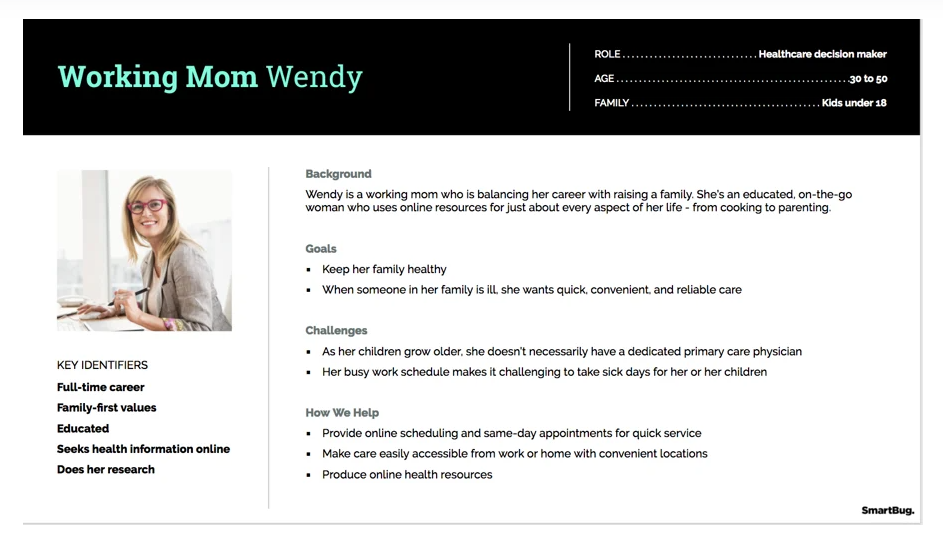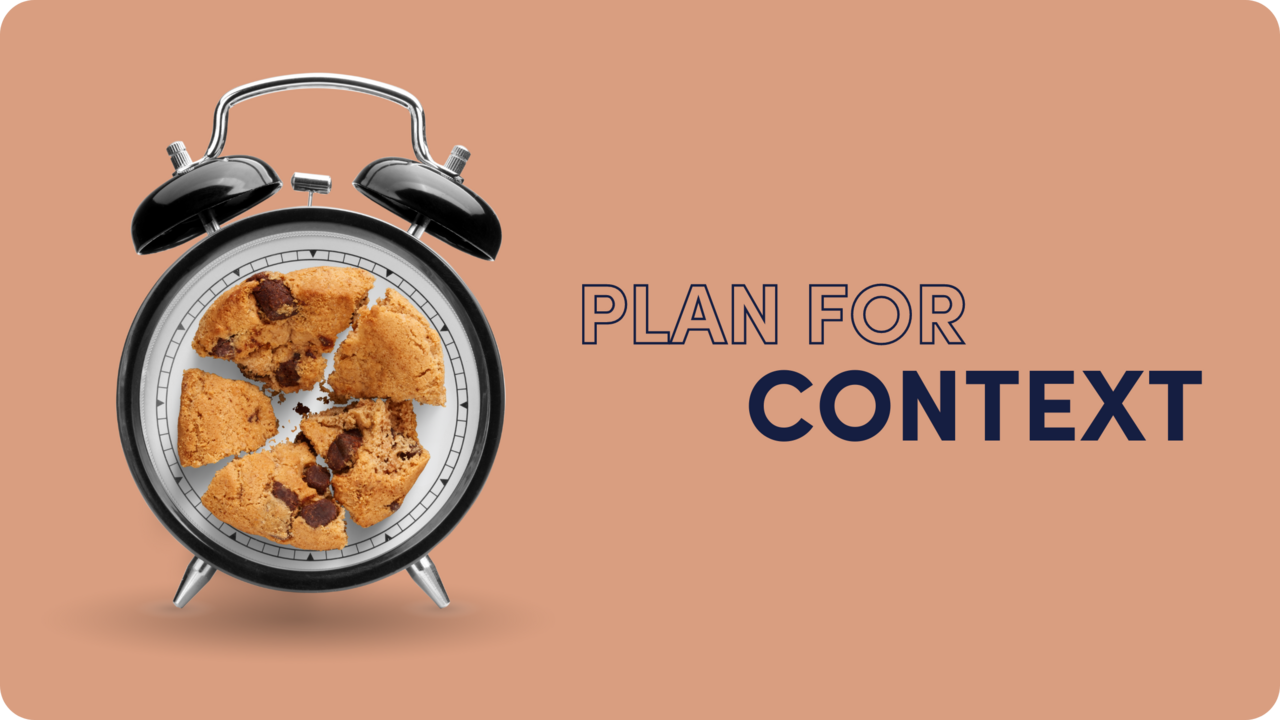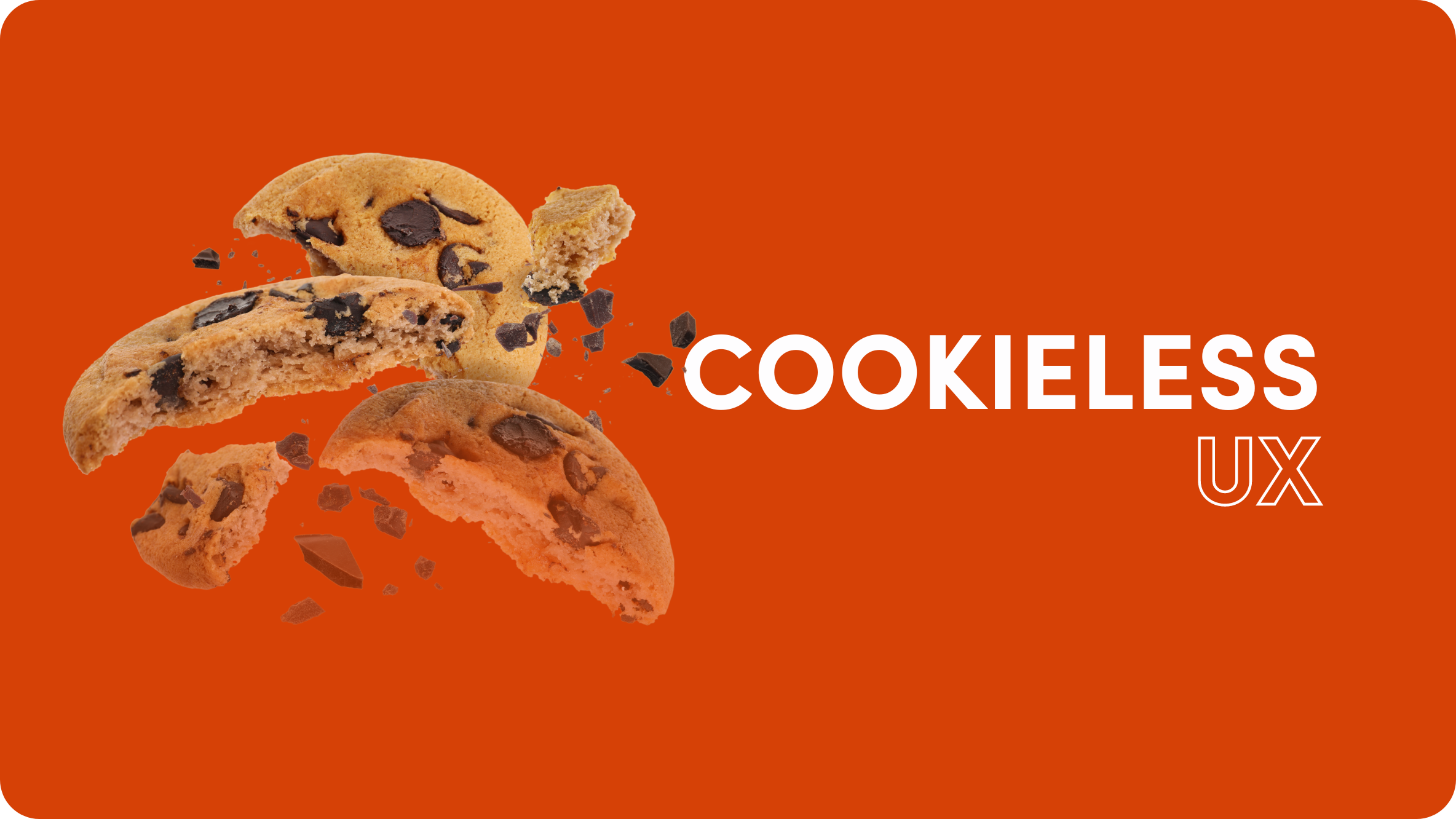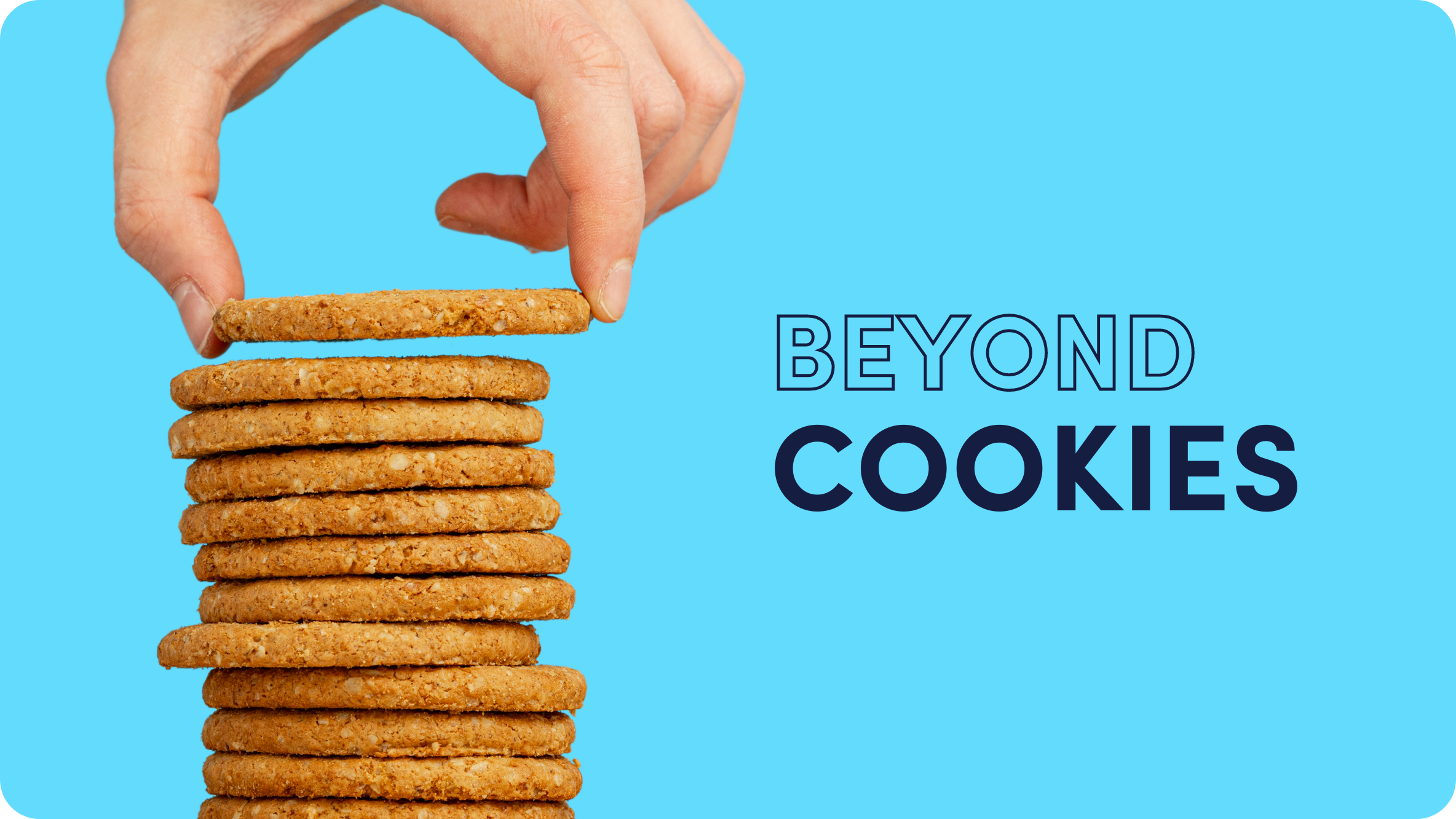How to Build Buyer Personas in 4 Steps

If you’re a marketer, or if you’ve ever dipped your toe in the industry, you would have heard about ‘marketing personas’, ‘customer personas’, or ‘buyer personas’, and how they are vital to the marketing process. But what’s the real deal? What are buyer personas and why do they matter so much?
What is a Buyer Persona?
A buyer persona is a profile that describes and illustrates the ‘typical’ customer that a business is trying to sell to. It provides a template of the characteristics, personality, preferences, interests, and pain points of the target customer.
A business usually has several buyer personas. For example, a B2C company such as Nike will have buyer personas that are male, female, of various age groups, and with different sports interests and fashion goals.
B2B buyer personas are somewhat different. For example, at Outbrain, buyer persona examples include small business marketers, big brand media buyers, ad agency professionals, and affiliate marketers. Each is a separate marketing persona, and there may be several sub-sets of personas that fall under each of them too.
Why Are Buyer Personas Important?
The main purpose of buyer personas is to help marketers understand their audience, and create marketing campaigns that align with their needs and personalities.
Without knowing the different types of customers they are selling to, marketers will not be able to offer anything more than a generic, ‘catch all’ message, and just hope it resonates with some of the audience.
That’s why persona marketing is critical for audience segmentation, so marketers can target specific messages and campaigns to different personas.
Marketing personas can also help you to:
- Acknowledge your customers’ feelings (whether they’re positive or negative), and show that you identify with them
- Target the most relevant audience, while having the ability to scale
- Generate more qualified leads
- Improve your content marketing by creating more tailored content pieces that will attract your audience
Marketing Persona Templates: Getting Into the Details
Buyer personas include a combination of details and traits about the target customer. These could be anything from age, location, and job, to hobbies, family situation, income level, shopping habits, and much more. Together, this information represents a generalized portrait of a real person who is a typical customer of your business – or someone you might want to try to turn into a customer.
Let’s take a look at the specifics of what to include in B2C and B2B buyer personas.
B2C marketing personas
When it comes to creating B2C buyer personas, you should include the person’s work details, but you must focus more on the person’s identity and character in their regular day-to-day life. After all, this is what influences their purchasing decisions.
Your B2C personas should include the following:
- Personal background
- Gender, age, location, marital status, occupation
- Personality
- Business background
- Lifestyle
- Hobbies
- Purchasing behaviour
- Online vs offline, shopping habits
- Challenges/ pain points
- Information sources
- Keywords used to search for information
- Content preferences
- Motivations
- Goals
- Real quotes from interactions with customers
As you build out your persona, consider how you can develop stories and share information that relates specifically to the product, service, or solution you offer, and what messages might engage the targeted customer.
B2B marketing personas
B2B customer personas tend to be more focused on the professional side of the individual. Career information is key. Where does the typical persona work? What is their job description? What is their position in the organization? What tools and solutions do they already use? What are their challenges and obstacles at work? What brings them job satisfaction? What are their daily goals at their job?
In many cases, the B2B persona is not always the chief decision-maker regarding the company’s purchases. This is an important aspect that should be noted, as it has a significant impact on how you would craft your marketing messages for them.
Kick off your B2B buyer persona with the following details:
- Job title
- Decision maker? Yes/No
- Internal influences
- Reputation
- Industry
- Income
- Education
- Responsibilities
- How is their job performance evaluated
- What are the trusted information resources they turn to for their work
How to Build a Buyer Persona
Now that we’ve got a handle on what is a buyer persona, why personas are important for marketers, and what B2C and B2B buyer personas include, let’s take a look at how to create customer personas.
1. Gather data
Every marketing persona should be based on real customer data. Is the potential customer a decision-maker? Do they have the power to make final decisions? Or perhaps they are an influencer – someone who can make recommendations to a decision maker.
Here are a few ways you can access the customer data you need:
Internal sales data: This data focuses on people who have already purchased your products or services, and understanding why they did so is key. You can focus on the following attributes and actions:
- Define low/medium/high spend thresholds
- Job role
- Location
- Gender and age
- Days of purchases
Website analytics: Website analytics are an important part of the process of developing buyer personas. You can learn a lot about your customers by analyzing what they do on your website. How did they get there? Which pages do they like to visit the most? How long do they spend on your website? What keywords brought them to your site? What device did they use to visit? And much more.
You can also explore your audience’s interests via Google Analytics. This will give you an even deeper understanding of their desires and motives.
Quantitative and qualitative analysis: Take advantage of data gathered from salespeople, customer service interactions, and the customers themselves. Feedback forms, surveys, chat support recordings, direct phone conversations, and email interactions with customers or leads are all good sources of customer data.
One-on-one interviews with customers provide an opportunity to dig deep into their motivations. Speak to your existing customer base as a first point of call. Search for customer interview templates online to help draft up a few key questions to ask.
Although marketing personas are fictional characters based on aggregated information, you can flesh out your personas and make them more real by including actual quotes from your customers.
2. Segment the information
When you’ve gathered all the relevant data and information, the next stage is organizing it into segments that represent specific customer types.
Depending on the nature of your business, you may only have a few segments, or you may have a dozen. Be aware that there is no ‘right’ number of personas. As long as you create a distinct segment for each unique set of needs and wants as identified in your customer data, you will have enough personas.
Once you’ve defined your customer segments, ask the following questions:
- Who comprises this customer segment?
- What are their pain points?
- What do they want?
- What can your product/service/business do for them?
- What kind of content might convince them of that fact?
These questions will help you mold the data into actionable buyer personas that represent each type of customer you want to target. Use the data to go as deeply as you can into the details. Then you will be positioned to craft the most accurate personas, which will deliver better results in the long run.
3. Create the persona profile
Combine all essential persona details to create a fully-developed profile of your ideal customer – and don’t forget to give the buyer persona a name! This will help you differentiate between each persona, and also acts as another marker that reflects the personality of the customer.
You can display the customer persona information in different ways, from short and sweet (business card style), to a long and elaborate story.
A long, story-style customer persona is fully fleshed out, with loads of detail and backstory. On the other hand, your team might prefer “short and sweet”. Here’s an example, courtesy of Smartbug, of a brief, card-style customer persona:

The template you choose will depend on your team and your customer base. If you have a small number of customer personas, with very different profiles, a short persona template may be all you need. If your customer base is complex, you may need to create longer, more detailed descriptions.
There are many buyer persona template tools you can use to help you build solid marketing personas. Here are a few free tools available online:
- Hubspot MakeMyPersona
- SEMrush Persona
- Canva User Persona templates
- Miro Buyer Persona Template
These all offer great starting points on the journey to creating your marketing personas.
4. Use the buyer personas for your marketing efforts
Now for the implementation! Your newly created personas help you explore the minds of your target customers and will steer the direction of your marketing efforts and advertising campaigns.
Use the personas to identify pain points on your landing pages and optimize the user experience. Also, assess the obstacles your buyer personas face when they navigate your website. For example, consider adding FAQs and ‘How To’ sections that address the unique questions and concerns of specific buyer personas.
Identify the social platforms your potential customers use the most. There’s little point in running a Facebook Ad campaign if your core audience is on X, and vice versa.
Find out which media outlets your potential customers visit – do they read online news or watch YouTube videos? Some consumers are becoming tired of social media networks and place more trust in native ads on editorial-style websites, such as sports or entertainment sites. This could influence your decision about which channels are best to promote your ads and content.
Buyer personas are a key element in developing a content strategy. Use them to brainstorm ideas for content and test different content types on the various personas. As your content marketing plan progresses, you should regularly review and update your buyer personas based on the results you are seeing. Remember, marketing personas are not static – they are changing all the time based on shifts and trends in your industry, market, and offering.
Buyer Personas are Fictional, Yet they Hold Great Power
Buyer personas must go beyond theory to be effective. An actionable buyer persona gives you deep, practical knowledge about the mindset and character of potential customers, so you can approach them in the right way at the right time.
From brand awareness to conversion, buyer personas should be used to fine-tune the entire marketing funnel. This ensures you always present the most effective messages, ads, and content. When done well, buyer personas can even act as a crystal ball. In addition to helping you meet the current needs of your target audiences, buyer personas can provide insights into their possible future desires, even ones they may not be aware of themselves. This is powerful stuff, and your best possible chance of assuring the golden prize: the sales conversion.











